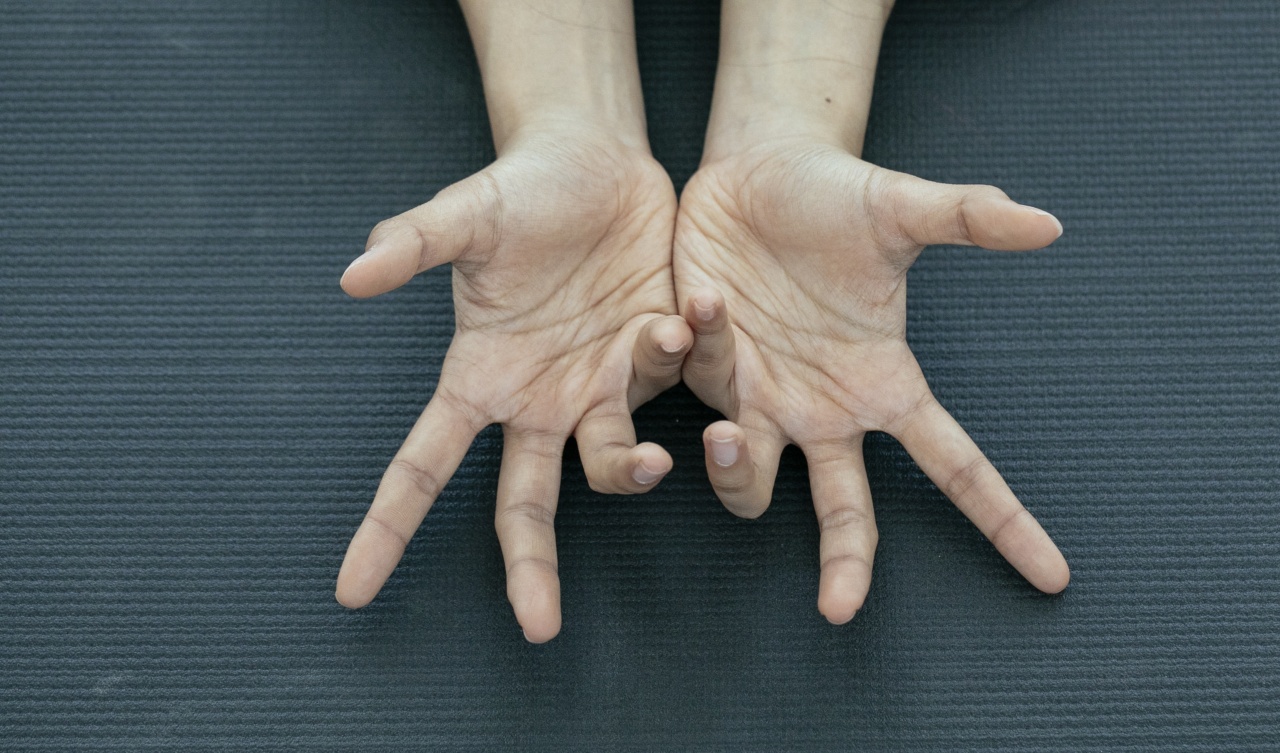Diabetes is a chronic disease affecting millions of people worldwide. It can cause a variety of symptoms, including high blood sugar levels, fatigue, frequent urination, blurred vision, and increased thirst.
But did you know that diabetes can also affect your skin?.
1. Skin discoloration
People with diabetes may notice a change in their skin color. This can be due to a condition called diabetic dermopathy, which causes small, round, brown patches on the skin.
These patches are harmless and usually appear on the shins, although they can also appear on other parts of the body. Diabetic dermopathy is more common in older adults with poorly controlled diabetes.
2. Dry and itchy skin
People with diabetes often experience dry and itchy skin. This is because high blood sugar levels can cause the skin to lose moisture, leading to dryness and itchiness. Dry skin can also lead to cracks and fissures, which can become infected.
3. Skin infections
Diabetes can weaken the immune system, making it easier for infections to develop. Bacterial and fungal skin infections are common in people with diabetes, and can cause a range of symptoms, including redness, swelling, itching, and tenderness.
The most common bacterial infection in people with diabetes is staphylococcus aureus, while the most common fungal infection is candida albicans.
4. Slow healing of wounds
People with diabetes may also experience slower healing of wounds. This is because high blood sugar levels can damage the blood vessels and nerves that supply the skin.
Poor circulation and nerve damage can make it hard for the body to repair itself, leading to slower healing. This can be particularly dangerous in people with foot ulcers, which can lead to amputation.
5. Diabetic blisters
Diabetic blisters, also known as bullosis diabeticorum, are rare but can occur in people with diabetes. These blisters usually appear on the feet, toes, hands, and fingers, and may be filled with clear or bloody fluid.
Diabetic blisters are painless and usually heal on their own, although in rare cases they can become infected.
6. Acanthosis nigricans
Acanthosis nigricans is a condition that causes dark, velvety patches on the skin. This condition is more common in people with type 2 diabetes and is usually found in skin creases, such as the neck, armpits, and groin.
Acanthosis nigricans is not harmful, but it can be a sign of insulin resistance, which is a precursor to type 2 diabetes.
7. Necrobiosis lipoidica diabeticorum
Necrobiosis lipoidica diabeticorum is a rare condition that causes yellow, waxy bumps on the skin. These bumps usually appear on the legs and can be slow-growing and painless. However, in rare cases, they can become itchy and painful.
Necrobiosis lipoidica diabeticorum is more common in women and people with type 1 diabetes.
8. Digital sclerosis
People with type 1 diabetes may experience a condition called digital sclerosis. This condition causes thick, waxy skin to develop on the fingers, toes, and other parts of the body.
The skin may become stiff and difficult to move, and in severe cases, it can lead to contractures.
9. Eruptive xanthomatosis
Eruptive xanthomatosis is a rare condition that causes itchy, red bumps to appear on the skin. These bumps are usually found on the buttocks, thighs, arms, and legs and may be filled with pus.
Eruptive xanthomatosis is more common in men with poorly controlled diabetes and high triglyceride levels.
10. Poor nail health
People with diabetes may also experience poor nail health. High blood sugar levels can damage the blood vessels and nerves that supply the nails, leading to thick, brittle, and discolored nails.
In severe cases, fungal infections can develop, which can be difficult to treat.
In conclusion, diabetes can cause a range of skin problems, from minor discoloration to serious infections. If you have diabetes, it is important to maintain good skin care to reduce your risk of developing skin issues.
This includes keeping your skin clean and dry, using moisturizers, avoiding harsh soaps, and checking your skin regularly for any changes.






























